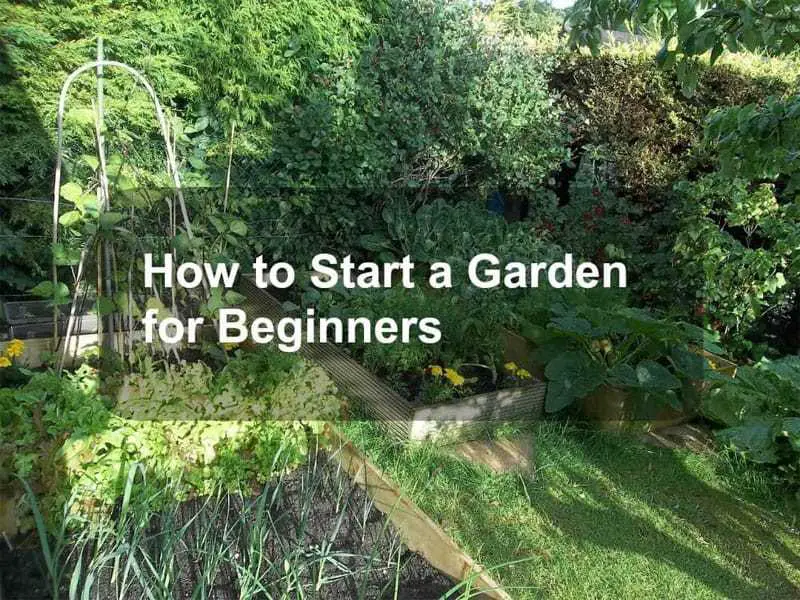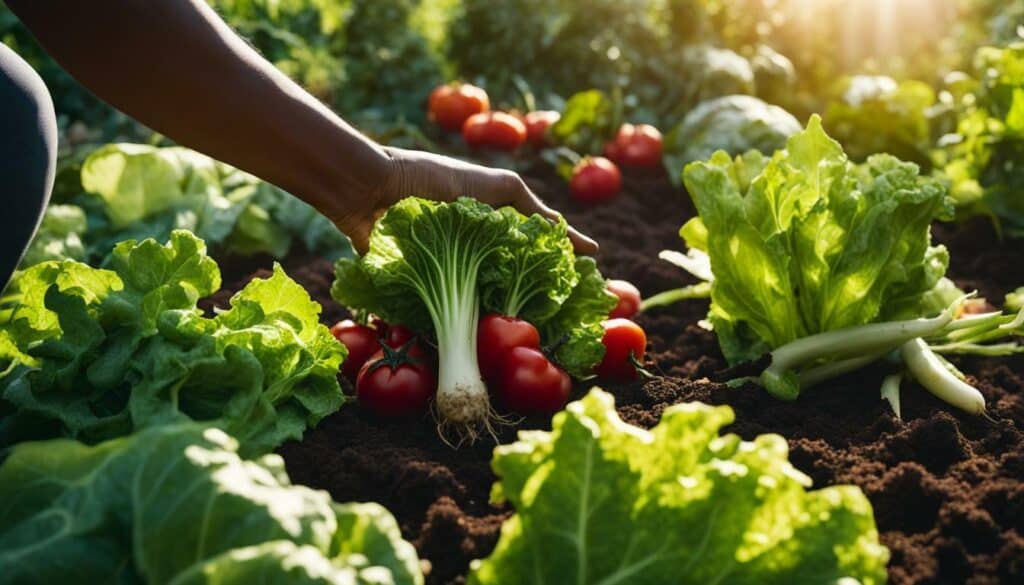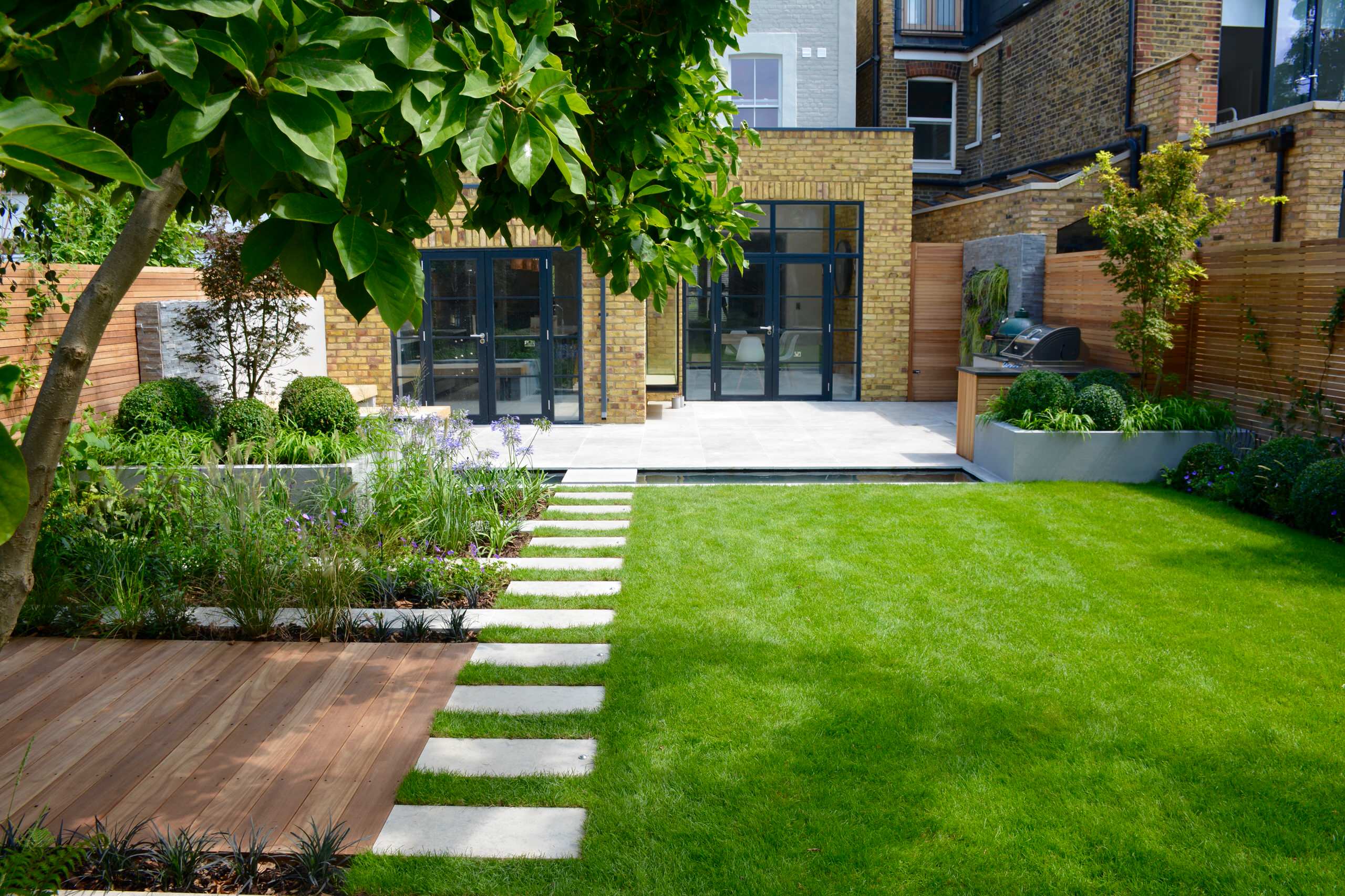Starting from Scratch: Understanding Your Garden’s Potential
When designing a garden for beginners, it’s essential to start by evaluating the conditions of your outdoor space. This involves assessing the amount of sunlight your garden receives, the type of soil you have, and any existing features that could impact your design. By understanding these factors, you’ll be able to make informed decisions about the types of plants to use, the layout of your garden, and the features to include.
Begin by observing the sunlight patterns in your garden. Note the areas that receive full sun (six or more hours of direct sunlight), partial shade (four to six hours of indirect sunlight), and full shade (less than four hours of direct sunlight). This information will help you choose plants that are suitable for the conditions in your garden.
Next, test the pH level and nutrient content of your soil. You can purchase a soil testing kit or consult with a local nursery or gardening expert for guidance. Based on the results, you may need to amend your soil with fertilizers or other additives to create a more hospitable environment for your plants.
Finally, take stock of any existing features in your garden, such as trees, slopes, or water features. These elements can impact the design of your garden and may require special consideration when selecting plants or designing the layout.
By taking the time to understand your garden’s potential, you’ll be able to create a beautiful and functional outdoor space that meets your needs and enhances your property. Whether you’re designing a garden for beginners or an experienced gardener, this information will serve as the foundation for a successful and thriving garden.
Setting Your Garden Goals: What Do You Want to Achieve?
When designing a garden for beginners, it’s essential to define the purpose and goals of your outdoor space. What do you want to achieve with your garden? Do you want to grow your own fruits and vegetables, create a peaceful retreat, or showcase your favorite flowers? By determining the purpose of your garden, you’ll be able to choose the right style and features to meet your needs.
There are several types of gardens to consider, each with its unique characteristics and requirements. Vegetable gardens, for example, require careful planning to ensure optimal growing conditions and crop rotation. Flower gardens, on the other hand, can be designed to attract pollinators, provide fragrance, or create a stunning display of color. Herb gardens are perfect for cooking enthusiasts, while succulent gardens are ideal for low-maintenance enthusiasts.
To choose the right style for your garden, consider your lifestyle, climate, and available space. If you have limited space, a container garden or vertical garden may be the perfect solution. If you live in a hot and dry climate, a drought-tolerant garden may be the way to go. By understanding your needs and limitations, you’ll be able to create a garden that is both functional and beautiful.
When designing a garden for beginners, it’s also essential to consider the level of maintenance you’re willing to commit to. If you have limited time, a low-maintenance garden with easy-to-grow plants and efficient irrigation systems may be the best option. On the other hand, if you enjoy spending time outdoors, a more complex garden with multiple features and plants may be the perfect fit.
By setting clear goals and understanding your needs, you’ll be able to create a garden that meets your expectations and provides years of enjoyment. Whether you’re designing a garden for beginners or an experienced gardener, defining your purpose and goals is the first step towards creating a beautiful and functional outdoor space.
Choosing the Right Plants: A Beginner’s Guide to Garden Selection
When designing a garden for beginners, selecting the right plants is crucial for success. With so many options available, it can be overwhelming to choose the perfect plants for your garden. However, by considering a few key factors, you can make informed decisions and create a beautiful and thriving garden.
One of the most important factors to consider when selecting plants is climate. Different plants have different temperature and moisture requirements, so it’s essential to choose plants that are suitable for your local climate. For example, if you live in a hot and dry climate, you’ll want to choose drought-tolerant plants that can thrive in these conditions.
Soil type is another critical factor to consider when selecting plants. Different plants have different soil requirements, so it’s essential to choose plants that are suitable for your soil type. For example, if you have acidic soil, you’ll want to choose plants that thrive in acidic conditions, such as azaleas and rhododendrons.
Maintenance requirements are also an essential factor to consider when selecting plants. Some plants require regular pruning, watering, and fertilization, while others are low-maintenance and can thrive with minimal care. If you’re a busy beginner, you may want to choose low-maintenance plants that are easy to care for.
Some popular plants for beginners include easy-to-grow flowers like zinnias, marigolds, and sunflowers. Vegetables like tomatoes, cucumbers, and carrots are also great options for beginners. Herbs like basil, mint, and cilantro are easy to grow and can add fresh flavor to a variety of dishes.
When selecting plants, it’s also essential to consider their mature size and growth habits. Make sure to choose plants that will not overcrowd your garden and will provide the desired level of shade and texture. By considering these factors, you can create a beautiful and thriving garden that meets your needs and provides years of enjoyment.
Designing Your Garden Layout: Tips and Tricks for a Beautiful Space
When designing a garden for beginners, creating a visually appealing layout is crucial for a beautiful and functional outdoor space. A well-designed garden layout can make the most of your space, create a sense of flow, and showcase your plants and features. Here are some tips and tricks to help you create a stunning garden layout.
Start by considering the scale of your garden. Make sure to leave enough space between plants and features to create a sense of breathing room. Overcrowding can lead to a cluttered and chaotic look, so be mindful of the mature size of your plants and leave enough space for growth.
Texture and color are also essential elements to consider when designing your garden layout. Mix different textures, such as smooth leaves, rough bark, and soft flowers, to create a visually interesting landscape. Color can also be used to create contrast and harmony in your garden. Choose a color scheme that complements your plants and features, and use it consistently throughout your design.
Paths, beds, and borders are also crucial elements in a garden layout. Use paths to create a sense of flow and guide visitors through your garden. Beds and borders can be used to create separate areas within your garden, such as a vegetable garden or a flower border. Make sure to choose plants that are suitable for the conditions in each bed and border.
Finally, don’t forget to consider the focal points in your garden. Focal points, such as a statement piece of art or a beautiful tree, can draw the eye and create visual interest. Use focal points to create a sense of drama and excitement in your garden, and balance them with more subtle elements to create a cohesive design.
By following these tips and tricks, you can create a beautiful and functional garden layout that showcases your plants and features. Remember to have fun and be creative, and don’t be afraid to experiment and try new things. With a little practice and patience, you can create a stunning garden that you’ll enjoy for years to come.
Working with Garden Features: How to Incorporate Hardscaping and Water Features
When designing a garden for beginners, incorporating hardscaping and water features can add depth, texture, and visual interest to your outdoor space. Hardscaping refers to the use of non-plant materials, such as stone, brick, and wood, to create features like patios, walkways, and retaining walls. Water features, such as ponds, fountains, and waterfalls, can add a soothing and calming element to your garden.
When incorporating hardscaping features into your garden design, consider the style and theme of your garden. For example, a modern garden might feature sleek and minimalist hardscaping, while a traditional garden might incorporate more ornate and decorative features. Make sure to choose materials that are durable and low-maintenance, and consider the cost and installation process when selecting hardscaping features.
Water features can be a beautiful and peaceful addition to your garden, but they require careful planning and installation. Consider the size and scale of your water feature, as well as the type of plants and materials you will use to surround it. Make sure to choose a water feature that is suitable for your climate and budget, and consider the maintenance requirements and potential safety hazards.
To incorporate hardscaping and water features into a cohesive design, consider the following tips: Start by creating a focal point in your garden, such as a statement piece of art or a beautiful tree. Use hardscaping features to create a sense of flow and guide visitors through your garden. Balance hardscaping features with plants and other elements to create a visually appealing landscape. Finally, consider the maintenance requirements and potential safety hazards of your hardscaping and water features, and plan accordingly.
By incorporating hardscaping and water features into your garden design, you can create a beautiful and functional outdoor space that reflects your personal style and meets your needs. Remember to have fun and be creative, and don’t be afraid to experiment and try new things. With a little practice and patience, you can create a stunning garden that you’ll enjoy for years to come.
Creating a Low-Maintenance Garden: Tips for Busy Beginners
When designing a garden for beginners, creating a low-maintenance garden is a great way to ensure that your outdoor space remains beautiful and functional without requiring a lot of time and effort. Busy beginners can benefit from a low-maintenance garden, as it allows them to enjoy the benefits of gardening without the hassle of constant upkeep.
One of the key elements of a low-maintenance garden is the use of drought-tolerant plants. These plants are designed to thrive in conditions with minimal watering, making them perfect for busy beginners who may not have the time to water their plants every day. Some popular drought-tolerant plants include succulents, cacti, and sedums.
Mulch is another essential element of a low-maintenance garden. Mulch helps to retain moisture in the soil, suppress weeds, and regulate soil temperature. This means that busy beginners can spend less time watering, weeding, and fertilizing their plants. Organic mulch like wood chips, bark, and straw are great options for low-maintenance gardens.
Efficient irrigation systems are also crucial for low-maintenance gardens. These systems deliver water directly to the roots of the plants, reducing evaporation and runoff. This means that busy beginners can water their plants more efficiently, without wasting water or time.
Other tips for creating a low-maintenance garden include using a simple and repetitive design, choosing plants with similar growing conditions, and incorporating hardscaping features like patios and walkways. By following these tips, busy beginners can create a beautiful and functional outdoor space that requires minimal upkeep.
Remember, designing a garden for beginners is all about creating a space that is both beautiful and functional. By incorporating low-maintenance elements, busy beginners can enjoy the benefits of gardening without the hassle of constant upkeep. With a little creativity and planning, anyone can create a stunning low-maintenance garden that brings joy and relaxation to their outdoor space.
Common Garden Design Mistakes to Avoid
When designing a garden for beginners, it’s easy to make mistakes that can lead to a less-than-desirable outdoor space. However, by being aware of common mistakes and taking steps to avoid them, beginners can create a beautiful and functional garden that meets their needs.
One of the most common mistakes beginners make is inadequate planning. This can lead to a garden that is poorly laid out, with plants that are not well-suited to the climate and soil conditions. To avoid this mistake, take the time to plan your garden carefully, considering factors like sunlight, soil type, and existing features.
Poor plant selection is another common mistake beginners make. This can lead to plants that are not well-suited to the climate and soil conditions, or that require too much maintenance. To avoid this mistake, choose plants that are easy to grow and maintain, and that are well-suited to the conditions in your garden.
Insufficient maintenance is also a common mistake beginners make. This can lead to a garden that is overgrown and neglected, with plants that are not receiving the care they need. To avoid this mistake, make a plan for regular maintenance, including tasks like watering, pruning, and fertilizing.
Other common mistakes beginners make include not considering the scale of their garden, not using a cohesive design style, and not incorporating hardscaping features like paths and patios. By being aware of these mistakes and taking steps to avoid them, beginners can create a beautiful and functional garden that meets their needs.
Remember, designing a garden for beginners is all about creating a space that is both beautiful and functional. By avoiding common mistakes and taking the time to plan and maintain your garden, you can create a stunning outdoor space that brings joy and relaxation to your life.
Bringing Your Garden to Life: Final Tips and Inspiration
Now that you’ve learned the basics of designing a garden for beginners, it’s time to bring your garden to life Remember, gardening is a journey, and it’s okay to make mistakes along the way. The most important thing is to have fun and enjoy the process of creating a beautiful and functional outdoor space.
To get started, take a walk around your garden and imagine the possibilities. Think about the types of plants you want to grow, the features you want to include, and the style you want to achieve. Make a list of your ideas and start brainstorming ways to bring them to life.
Don’t be afraid to experiment and try new things. Gardening is all about trial and error, and some of the best gardens are the ones that have been created through experimentation and innovation. Remember to keep your garden design flexible and adaptable, and be willing to make changes as needed.
Finally, don’t forget to enjoy the process of gardening Gardening is a great way to relax and unwind, and it can be a very rewarding hobby. Take pride in your garden and enjoy the fruits of your labor.
By following these tips and inspiration, you can create a beautiful and functional garden that brings joy and relaxation to your life. Happy gardening!







